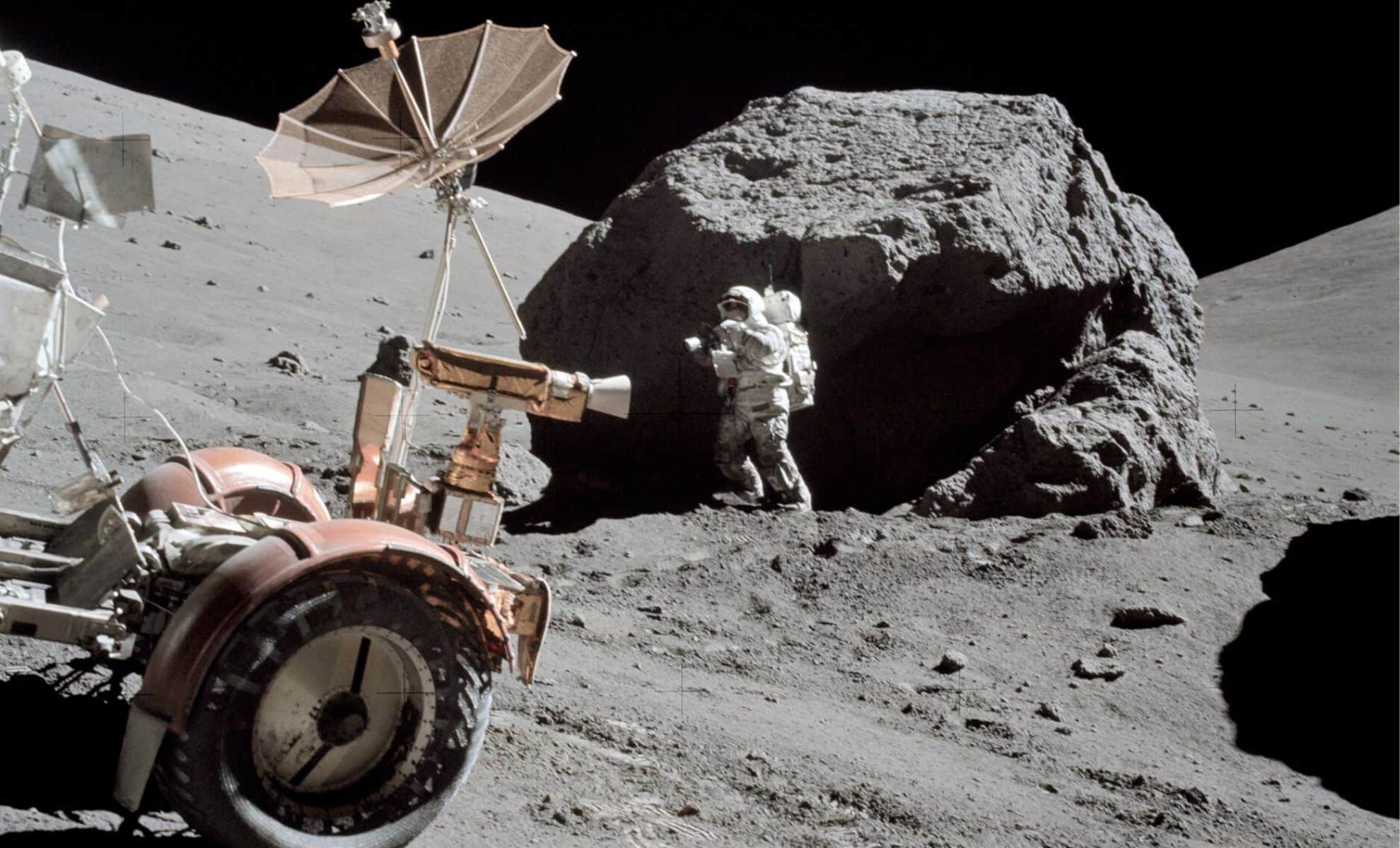
anatomy: (adj. anatomical) The study of the organs and tissues of animals. Or the characterization of the body or parts of the body on the basis of structure and tissues. Scientists who work in this field are known as anatomists.
ancestor: A predecessor. It could be a family forebear, such as a parent, grandparent or great-great-great grandparent. Or it could be a species, genus, family or other order of organisms from which some later one evolved. For instance, ancient dinosaurs are the ancestors of today’s birds. (antonym: descendant)
anthropologist: A social scientist who studies humankind, often by focusing on its societies and cultures.
argon: An element first discovered on August 13, 1894, by Scottish chemist Sir William Ramsay and English physicist John William Strutt, better known as Lord Rayleigh. Argon was the first “noble” gas, meaning one that does not react chemically with other elements. For its discovery, Ramsey would receive the 1904 Nobel Prize in chemistry and Rayleigh the 1904 Nobel Prize in Physics.
ash: (in geology) Small, lightweight fragments of rock and glass spewed by volcanic eruptions. (in biology) A group of deciduous trees in the olive family that are popular in landscaping and for timber.
Australopithecus: An extinct genus of hominids that lived in East Africa from about 4 million to 2 million years ago. Members of this genus were known as australopithecines.
colleague: Someone who works with another; a co-worker or team member.
decay: (for radioactive materials) The process whereby a radioactive isotope — which means a physically unstable form of some element — sheds energy and subatomic particles. In time, this shedding will transform the unstable element into a slightly different but stable element. For instance, uranium-238 (which is a radioactive, or unstable, isotope) decays to radium-222 (also a radioactive isotope), which decays to radon-222 (also radioactive), which decays to polonium-210 (also radioactive), which decays to lead-206 — which is stable. No further decay occurs. The rates of decay from one isotope to another can range from timeframes of less than a second to billions of years.
evolution: (v. to evolve) A process by which species undergo changes over time, usually through genetic variation and natural selection. These changes usually result in a new type of organism better suited for its environment than the earlier type. The newer type is not necessarily more “advanced,” just better adapted to the particular conditions in which it developed
excavate: (n. excavation) To dig something out of soil or rock (such as dinosaur bones); to remove the inner part of something to make a hole (cavity) within it.
extinct: An adjective that describes a species for which there are no living members.
family: A taxonomic group consisting of at least one genus of organisms.
fossil: Any preserved remains or traces of ancient life. There are many different types of fossils: The bones and other body parts of dinosaurs are called “body fossils.” Things like footprints are called “trace fossils.” Even specimens of dinosaur poop are fossils. The process of forming fossils is called fossilization.
gait: The pattern of leg motions by which an animal walks from place to place.
genus: (plural: genera) A group of closely related species. For example, the genus Canis — which is Latin for “dog” — includes all domestic breeds of dog and their closest wild relatives, including wolves, coyotes, jackals and dingoes.
geology: The study of Earth’s physical structure and substance, its history and the processes that act on it. People who work in this field are known as geologists. Planetary geology is the science of studying the same things about other planets.
graduate student: Someone working toward an advanced degree by taking classes and performing research. This work is done after the student has already graduated from college (usually with a four-year degree).
hominin: Humans and perhaps some 20 other species of largely upright-walking prehistoric relatives of humans, such as Australopithecus, Paranthropus and Ardipithecus. The group has a lot of overlap with hominids. The difference: Hominids also include the other currently living great apes: chimpanzees, gorillas and orangutans.
paleoanthropologist: A scientist who studies ancient humans and hominid biology, also the behavior and evolution of hominids evolved. This field is based on the analysis of fossils, remnants, artifacts or markings created or used by hominids.
population: (in biology) A group of individuals (belonging to the same species) that lives in a given area.
primate: The order of mammals that includes humans, apes, monkeys and related animals (such as tarsiers, the Daubentonia and other lemurs).
psychedelic: An adjective (especially popular in the 1960s) that refers to the abnormal mental experiences (such as hallucinations) brought on by use of certain drugs (such as LSD), and sometimes described as swirling, kaleidoscope-like, color patterns.
radioactive: An adjective that describes unstable elements, such as certain forms (isotopes) of uranium and plutonium. Such elements are said to be unstable because their nucleus sheds energy that is carried away by photons and/or one or more subatomic particles. This emission of energy is by a process known as radioactive decay.
sediment: Material (such as stones and sand) deposited by water, wind or glaciers.
skull: The skeleton of a person’s or animal’s head.
species: A group of similar organisms capable of producing offspring that can survive and reproduce.
trait: A characteristic feature of something. (in genetics) A quality or characteristic that can be inherited.









Leave a Comment